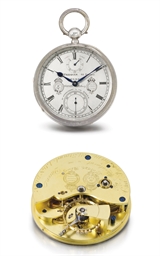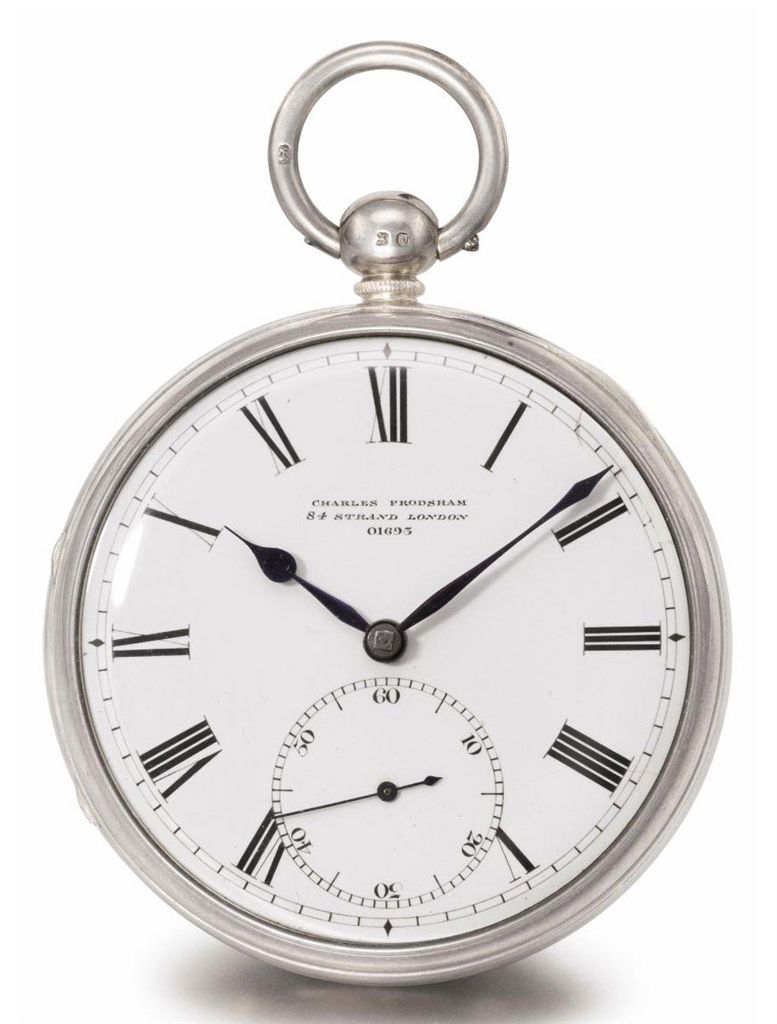The Property of a Gentleman 紳士藏品 A rare and large imperial 'lotus' velvet dais cover Mid-Qing Dynasty The cover consisting of three joined panels of cut and uncut silk velvet, centred with a large orange blossoming lotus surrounded by six smaller blooms, all on a dense ground of curly-leafed scroll designs in gilt metal-wrapped thread on a black background, enclosed within a triple border of geometric fretwork, meandering lotus scroll and key-fret. 350cm (137 6/8in) x 190cm (74 7/8in). Fußnoten The Property of a Gentlemen 紳士藏品 清中期 金絲地絲絨纏枝蓮紋炕罩 Provenance: Danon, Rome A European private collection 來源:意大利羅馬古董商,Danon 歐洲私人收藏 Finely woven in brilliant shades of cinnabar red and golden yellow, the sumptuous carpet evokes powerful religious associations concerning the attainment of immortality. Emerging from the mud, lotus flowers were a highly-regarded symbol of Buddhist purity and enlightenment, however, they also recall the transmutation of cinnabar into gold, a Daoist practice aimed at driving away the malignant spirits and ascending to heaven in broad daylight. According to the 'Records of the Great Historian', Shiji, compiled during the first century BC, the alchemical method was first performed by the mythical Yellow Emperor and promoted by Li Shaojun, a Han specialist in astrology, divination and geomancy. The process involved the presentation of offerings to an alchemical stove in order to summon the supernatural beings. During this ritual, cinnabar was transformed into gold and employed to manufacture food and drink vessels that were thought of prolonging one's life and granting admission in the ranks of the celestial bureaucracy. For references see F.Pregadio, Great Clarity: Daoism and Alchemy in Early Medieval China, Stanford, 2006. A closely related rectangular silk velvet panel, early 19th century, centred with large lotus blossoms surrounded by six smaller blooms amongst foliate scrolls enclosed within a triple border of scrolling lotus and key fret is illustrated by R.Jacobsen, Ch'ing Dynasty Textiles in the Minneapolis Institute of Arts, Minneaapolis, 2002, vol.2, pp.1094, no.543.
The Property of a Gentleman 紳士藏品 A rare and large imperial 'lotus' velvet dais cover Mid-Qing Dynasty The cover consisting of three joined panels of cut and uncut silk velvet, centred with a large orange blossoming lotus surrounded by six smaller blooms, all on a dense ground of curly-leafed scroll designs in gilt metal-wrapped thread on a black background, enclosed within a triple border of geometric fretwork, meandering lotus scroll and key-fret. 350cm (137 6/8in) x 190cm (74 7/8in). Fußnoten The Property of a Gentlemen 紳士藏品 清中期 金絲地絲絨纏枝蓮紋炕罩 Provenance: Danon, Rome A European private collection 來源:意大利羅馬古董商,Danon 歐洲私人收藏 Finely woven in brilliant shades of cinnabar red and golden yellow, the sumptuous carpet evokes powerful religious associations concerning the attainment of immortality. Emerging from the mud, lotus flowers were a highly-regarded symbol of Buddhist purity and enlightenment, however, they also recall the transmutation of cinnabar into gold, a Daoist practice aimed at driving away the malignant spirits and ascending to heaven in broad daylight. According to the 'Records of the Great Historian', Shiji, compiled during the first century BC, the alchemical method was first performed by the mythical Yellow Emperor and promoted by Li Shaojun, a Han specialist in astrology, divination and geomancy. The process involved the presentation of offerings to an alchemical stove in order to summon the supernatural beings. During this ritual, cinnabar was transformed into gold and employed to manufacture food and drink vessels that were thought of prolonging one's life and granting admission in the ranks of the celestial bureaucracy. For references see F.Pregadio, Great Clarity: Daoism and Alchemy in Early Medieval China, Stanford, 2006. A closely related rectangular silk velvet panel, early 19th century, centred with large lotus blossoms surrounded by six smaller blooms amongst foliate scrolls enclosed within a triple border of scrolling lotus and key fret is illustrated by R.Jacobsen, Ch'ing Dynasty Textiles in the Minneapolis Institute of Arts, Minneaapolis, 2002, vol.2, pp.1094, no.543.
.jpg)










.jpg)



Testen Sie LotSearch und seine Premium-Features 7 Tage - ohne Kosten!
Lassen Sie sich automatisch über neue Objekte in kommenden Auktionen benachrichtigen.
Suchauftrag anlegen